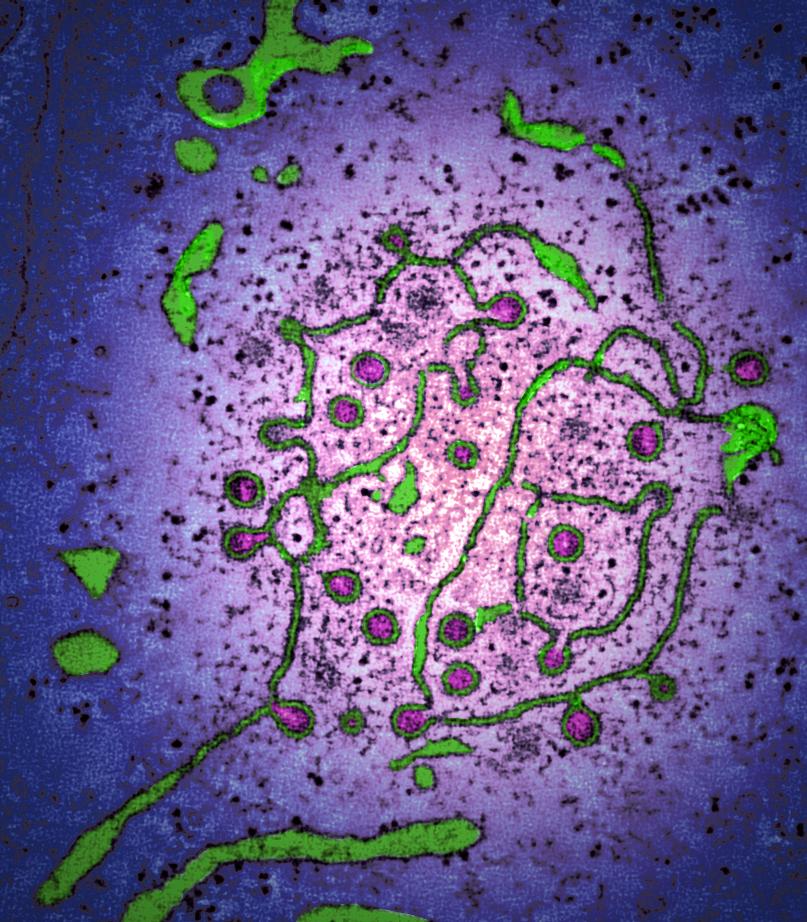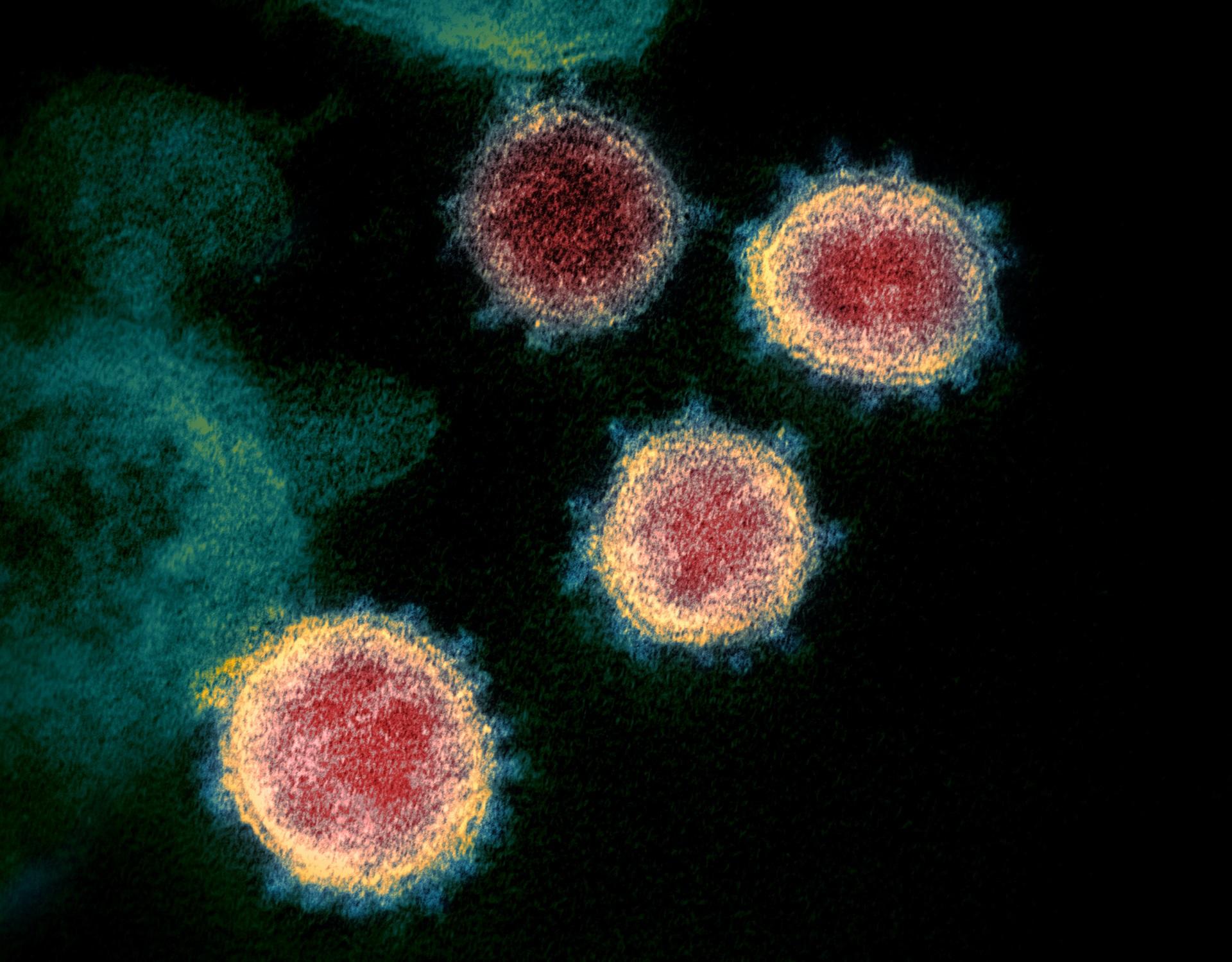A unifying structural and functional model of the coronavirus replication organelle: tracking down RNA synthesis
Zoonotic coronavirus (CoV) infections, such as those responsible for the current severe acute respiratory syndrome-CoV 2 (SARS-CoV-2) pandemic, cause grave international public health concern. In infected cells, the CoV RNA-synthesizing machinery associates with modified endoplasmic reticulum membranes that are transformed into the viral replication organelle (RO). Although double-membrane vesicles (DMVs) appear to be a pan-CoV RO element, studies to date describe an assortment of additional CoV-induced membrane structures. Despite much speculation, it remains unclear which RO element(s) accommodate viral RNA synthesis. Here we provide detailed 2D and 3D analyses of CoV ROs and show that diverse CoVs essentially induce the same membrane modifications, including the small open double-membrane spherules (DMSs) previously thought to be restricted to gamma- and delta-CoV infections and proposed as sites of replication. Metabolic labeling of newly synthesized viral RNA followed by quantitative electron microscopy (EM) autoradiography revealed abundant viral RNA synthesis associated with DMVs in cells infected with the beta-CoVs Middle East respiratory syndrome-CoV (MERS-CoV) and SARS-CoV and the gamma-CoV infectious bronchitis virus. RNA synthesis could not be linked to DMSs or any other cellular or virus-induced structure. Our results provide a unifying model of the CoV RO and clearly establish DMVs as the central hub for viral RNA synthesis and a potential drug target in CoV infection.

